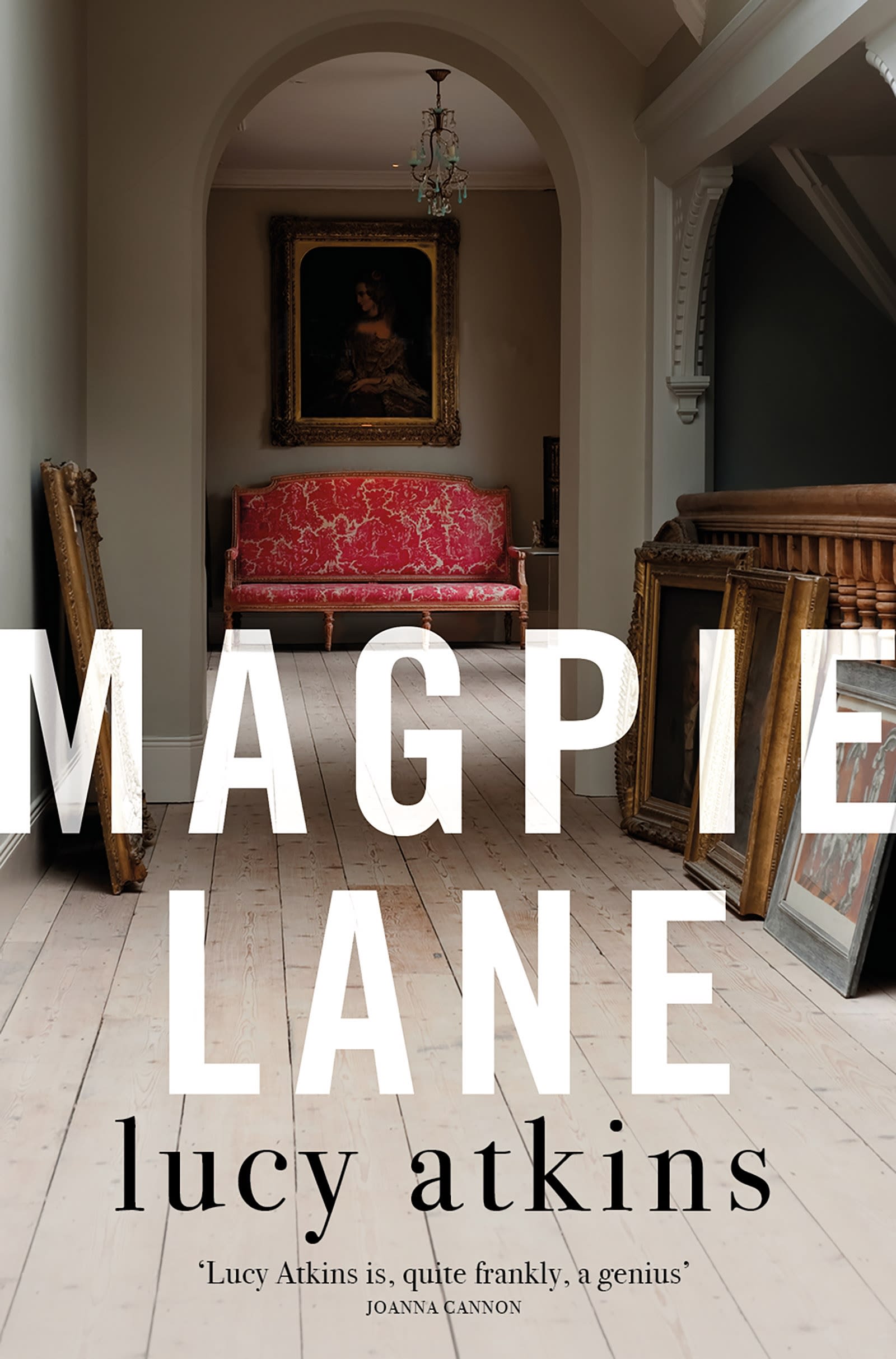Named for a real narrow street of The High in Oxford, this novel is steeped in the dusty historic traditions and ambience of an old Oxford college in which the narrator feels at odds. As she nannies for a damaged child with fierce compassion, echoes of the past collide with the present. Hints of the narrator’s own past, that of the people who lived in the Master’s Lodging on Magpie Lane previously, and of the latest family to move in blend together as Atkins’ gently-creepy mystery story plays out.
Whilst the atmospheric setting is age-old, and wonderfully recognisable for anyone who knows the city of Oxford or who has any dealing with the university, this is a contemporary novel in which a small number of characters live 21st century lives with the pressures pertinent to today: childcare, step-parenting, guilt, loneliness and mental health issues. It also offers real insight into the university as a bastion of old habits that die hard.
Atkins – through the narrator, loner Dee – takes the reader right into the heart of a family in turmoil, where eight-year-old Felicity is a selective mute who cannot speak to her stepmother Mariah, for whom we also feel pity. The father/husband is busy at work and rather self-obsessed, whilst a visiting house historian provides both unexpected company for Dee and Felicity, and fascinating lesser-known nuggets of Oxford’s history.
Adding an element of tension to this domestic noir, the story is relayed entirely from a police interview room, each chapter elucidating the events of another day or episode drawn from the previous seven months as the college bridle at the unconventional choices of the new family; the house, complete with eerie priest hole, is renovated; and we learn of a new baby on the way.
Back at home, Mariah is a restorer of old wallpaper, and this allows a series of gentle allegorical comparisons from the value of the 19th century Arts and Crafts movement and what should be kept unaltered and what changes should be embraced; that the layers of wallpaper on a wall reflect the passing of time and that the scraping back of each can be revelatory; and the idea that the tangles in a busy and much-valued William Morris print denote a multitude of hidden sins.
When Felicity disappears one night, each thread of the past unravels: how did it happen and who is responsible? Are all or any of the characters hiding something more, and are the actions that led to the little girl’s disappearance evil, misguided or even compassionate? With the atmosphere of Inspector Morse and the tension of Agatha Christie, this is a great quick read that leaves you thinking.










